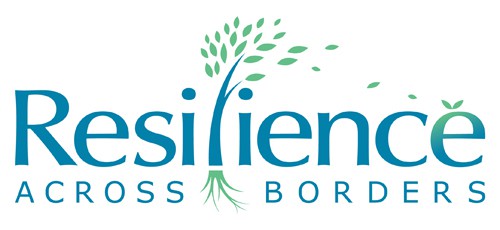Support Your Child’s Well-being During the Pandemic and Beyond
Last updated October 3, 2022.
The same guidelines that were introduced to protect us from COVID-19 have also negatively impacted many children’s emotional wellness. In my work as a child psychologist, I have witnessed a shared experience of grief among children because of their inability to celebrate birthdays with friends, visit their grandparents or other family members, and engage in enjoyable activities in which they once participated routinely. When opportunities are restricted, the feelings of sadness and loss that may ensue are normal, valid, and logical. Although most COVID-19 limits have been lifted, re-establishing your child’s baseline functioning and mood to be the same as prior to the pandemic may require time and effort. Fortunately, there are strategies to prevent sadness’s persistence or a potential downward spiral.
An important first step is to examine the things that mattered most to your child before the pandemic across different life areas, such as relationships (family, friends, classmates, teachers, coaches, etc.), school, hobbies, and daily responsibilities. This will give you clues as to what gives your child’s life meaning, even at this young age, and suggest ways to build in activities within each life area that reflect your child’s values. Living a meaningful life protects us from prolonged periods of sadness and improves our general well-being. It is important to consider as many life areas as possible to encourage balance in your child’s life.
Here are some guiding questions for you and/or your child to reflect on:
- Enjoyment: When did you notice that they were happiest? What activities would they most look forward to?
- Connection: Who was your child happiest with? Who do they feel like they could be themselves with? Who could they talk or hang out for hours at a time? Who would they most want to invite over?
- Mastery: What were some of the activities that made your child feel accomplished or productive? When did your child feel a sense of pride? What were some of the activities that led them to experience higher self-esteem?
After selecting activities that offer enjoyment, connection, and a sense of mastery, begin scheduling them for your child. You may want to start slow, depending on your child’s current level of activity. If you have an older child or adolescent, engage them in this discussion and planning.
Note: In more severe cases, sadness can persist over a prolonged period and be accompanied by symptoms like fatigue, irritability, lack of enjoyment or motivation, and changes in sleep and appetite. If you notice these symptoms in your child, we recommend speaking with their pediatrician or a mental health professional to assess for depression.
Blog Post

